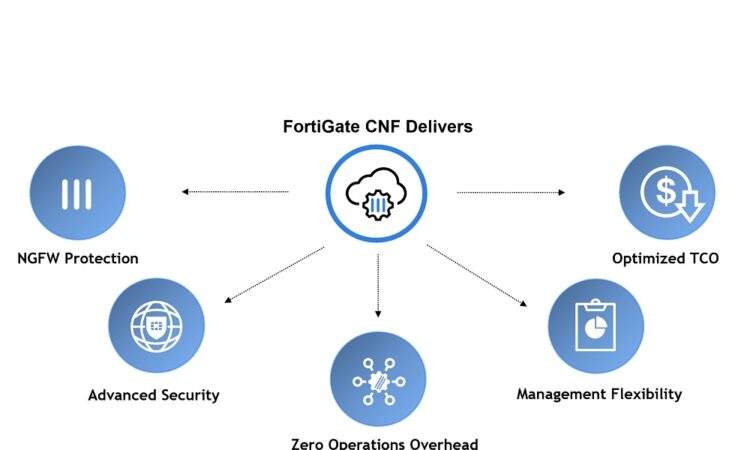
In the realm of modern digital infrastructure, the concept of Cloud Native Architecture has emerged as a cornerstone for businesses seeking agility, scalability, and efficiency in their operations. Among the vital components of this architecture, the Cloud Native Security Gateway stands out as a crucial element in ensuring robust security measures within cloud environments. Let’s delve into a simplified understanding of Cloud Native Architecture and the significance of the Cloud Native Security Gateway.
Understanding Cloud Native Architecture
Cloud Native Architecture is a design approach that leverages cloud computing principles to build and deploy applications. Unlike traditional monolithic architectures, which are typically rigid and less scalable, Cloud Native Architecture embraces flexibility, scalability, and resilience. It comprises several key principles and components, including microservices, containers, orchestration, and automation.
Microservices: In Cloud Native Architecture, applications are broken down into smaller, independent services known as microservices. Each microservice performs a specific function and can be developed, deployed, and scaled independently, allowing for greater agility and easier maintenance.
Containers: Containers are lightweight, portable, and self-sufficient units that encapsulate an application and its dependencies. They enable consistent deployment across different environments, ensuring that applications run seamlessly regardless of the underlying infrastructure.
Orchestration: Orchestration platforms like Kubernetes facilitate the management and deployment of containerized applications. They automate tasks such as scaling, load balancing, and service discovery, enabling efficient resource utilization and seamless application delivery.
Automation: Automation plays a crucial role in Cloud Native Architecture by streamlining processes and reducing manual intervention. Continuous integration and continuous delivery (CI/CD) pipelines automate the build, test, and deployment phases, enabling rapid and reliable application delivery.
The Role of Cloud Native Security Gateway
Amidst the benefits of Cloud Native Architecture, ensuring robust security remains paramount. This is where the Cloud Native Security Gateway comes into play. Acting as a protective barrier between the external environment and the cloud-native applications, the Security Gateway plays multiple critical roles:
1. Traffic Management: The Security Gateway manages incoming and outgoing traffic to and from the cloud-native applications, enforcing security policies and protocols to safeguard against unauthorized access and potential threats.
2. Authentication and Authorization: It verifies the identity of users and devices attempting to access the applications, ensuring that only authorized entities are granted access based on predefined permissions and roles.
3. Encryption: The Security Gateway encrypts data in transit to prevent unauthorized interception and eavesdropping, thereby maintaining data confidentiality and integrity.
4. Threat Detection and Prevention: By employing advanced threat detection algorithms and security protocols, the Security Gateway proactively identifies and mitigates potential security threats, such as malware, DDoS attacks, and intrusion attempts.
5. Compliance and Governance: It helps organizations adhere to regulatory compliance requirements and industry standards by implementing security controls, audit trails, and reporting mechanisms to ensure transparency and accountability.
6. Scalability and Resilience: The Security Gateway is designed to scale dynamically to accommodate fluctuating workloads and demands while maintaining uninterrupted service availability and resilience.
In conclusion, Cloud Native Architecture represents a paradigm shift in the way applications are designed, developed, and deployed. It offers unparalleled agility, scalability, and efficiency, empowering businesses to innovate and adapt to evolving market demands. However, amidst this transformation, ensuring robust security is paramount. The Cloud Native Security Gateway serves as a critical component in safeguarding cloud-native applications against a myriad of threats, ensuring data confidentiality, integrity, and availability. By embracing Cloud Native Architecture and integrating robust security measures, organizations can navigate the complexities of the digital landscape with confidence and resilience.
Source : 6wind.com
